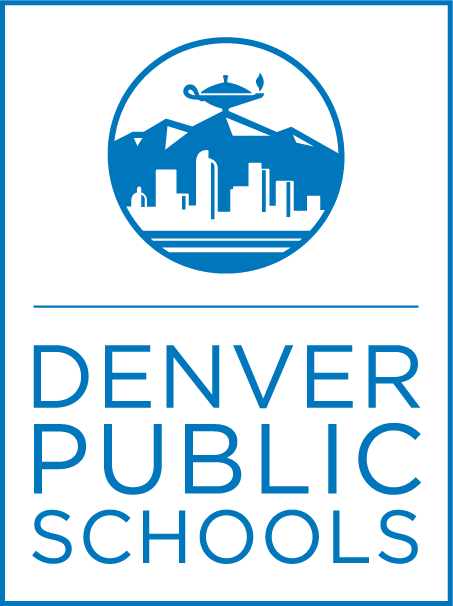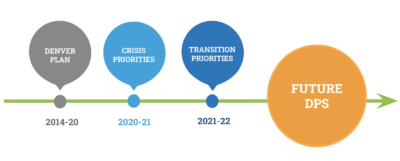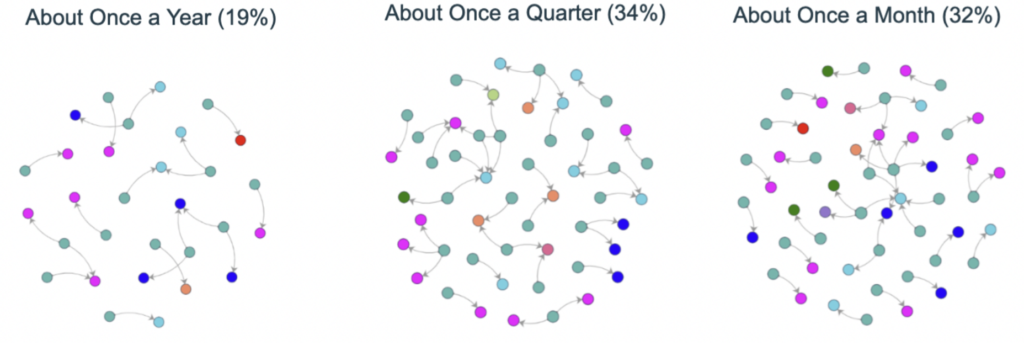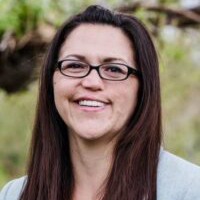Helping Denver Public Schools Visualize its Networks
When school administrators within Denver Public Schools’ Central Office identified a need to better understand their evolving internal professional and community relationships, they turned to Visible Network Labs to get clarity.
Executive Summary
Denver Public Schools’ (DPS) mission is for all students, regardless of their background, to have the opportunity to obtain the knowledge and skills necessary to become contributing citizens in our diverse society. With this mission in mind, DPS is a pillar in the community, serving over 92,000 students in almost 200 schools.
Like most large, urban school districts, DPS’ Central Office is located in the heart of the city – Downtown Denver. Two vital groups make up DPS: first are the public-facing employees such as principals, teachers, and custodians, and the other group is made up of the employees in the Central Office, whose roles are more administrative.
While there are officially recognized lines of communication between the two groups, and between the district and community organizations, the informal connections and relationships that form are less well defined, yet they are critical to the DPS’ community outreach. The relationships between the departments in the Central Office and those who work inside DPS’ schools are invaluable and critical. The Central Office and Visible Network Labs (VNL) worked to visualize and understand the Central Office’s reach throughout Denver schools.
VNL used its PARTNER CPRM (Community Partner Relationship Management) platform to survey Central Office employees and community partner organizations. Using the information provided, VNL’s Data Science team mapped the connections between those employees and community partners, helping to ensure that important relationships in communities across the City of Denver were not lost in the event of staff turnover. The pandemic has brought on higher-than-normal rates of turnover across all industries and sectors in the country, and the DPS has been affected as well.
The information garnered through this network analysis allowed the Central Office to uncover gaps in internal networks, identify redundant efforts, and provide more effectively targeted outreach and engagement resources – helping to engage all communities, especially those who have been historically marginalized, in more effective and culturally relevant ways.
Transitioning Post-Pandemic
In the 2020-21 school year, in response to the COVID-19 pandemic, DPS enacted Crisis Priorities, a set of guidelines that framed the district’s response. Then, in 2021-22, after a year of disruption, students returned to classrooms facing new challenges.
In preparation, DPS identified their Transition Priorities, a set of key initiatives which they say “reflect a continued commitment to equity as the core of our district’s work, as well as a recognition of the ongoing challenges – and opportunities – presented by the pandemic, with regard to accelerating learning and addressing social emotional and mental health.”
In laying out its Transition Priorities for 2021-22, the DPS announced a renewed mission: “We will focus on our language learners, students with disabilities, students experiencing poverty, and students of color in our priorities.” The three guiding tenets and focuses of the DPS’ Transition Priorities are:
- Equity
- Re-envisioning Education & Accelerating Learning
- Social Emotional and Mental Health.
To achieve these goals, the Central Office knew that they needed to engage community organizations; however, they lacked full visibility into their network – who they reached, how they reached them, and when they invited them to collaborate. They realized that they needed to better understand their networks.
The pandemic brought on higher-than-normal rates of staff turnover across all industries and sectors in the country, with DPS being affected as well. This made it all the more critical to identify existing external employee connections with community organizations.
Alece Montez, then Associate Chief of DPS’ Family and Community Engagement Department (FACE) within their Equity and Engagement Division, now Co-Executive Director of the AJL Foundation, helped lead the project. She said “With equity being our north star, it’s so critical that we understand who we’re reaching, and for what.”
PARTNER CPRM: Supporting our Local Schools
Visible Network Labs utilized its PARTNER CPRM (Community Partner Relationship Manager) platform to help the Central Office, and its internal divisions accomplish their Transition Priorities and other strategic goals. Sara Sprong, VNL’s VP of Customer Experience, was the project manager and liaison for VNL and DPS’ partnership throughout the project.
In the first phase/step of the process, The Central Office created a bounded list – a self-identified list of who they would like to respond to questions. It was sorted by attributes, like department or division, and by names of individuals. The partnership, and subsequent project were guided by the following questions, developed through collaboration with VNL and DPS.
Overarching Question: What is the extent of collaboration between community partners and the extent to which community partners collaborate with DPS to ensure the district is reaching all voices in the community?
Understanding Network Characteristics: Who are the connectors? What are the types of relationships and connections that characterize community reach and collaboration?
Community Impact: What has been the Central Office’s role in shaping the way community engagement work is done? What perceived changes are seen at the community level?
When gathering data to input into PARTNER CPRM, the process begins with our proprietary survey template which VNL’s Data Science team customizes. Targeted, relevant questions are conceived through conversations with the client. Those questions fall into two categories; relational, and non-relational. The Data Science team took steps to ensure that only the most important and integral questions were included to make the survey as condensed as possible to honor respondents’ time.
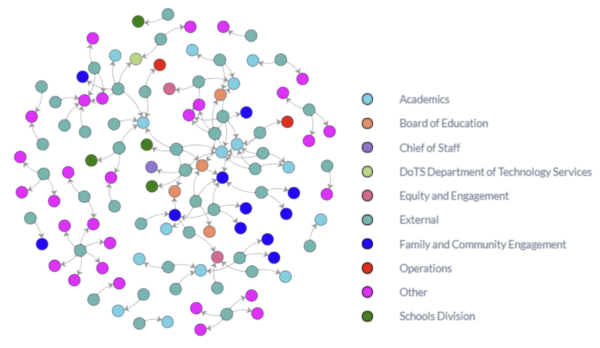
The de-identified map above shows 109 reported partnerships around community engagement work. 45 community partners picked 70 DPS staff members as partners. DPS nodes are colored by division.
Relational questions give a picture of how individuals or organizations within the Central Office are working together, both internally and externally. Some examples of relational questions posed to respondents were:
- In what ways does your division or team do community engagement in your work with these internal stakeholders?
- In the previous 12 months, how frequently has your organization collaborated with this DPS partner around community*? (Select one) *Community is defined as families, students, school staff, non-profit, government partners, and other similar connections.
Non-relational questions help to figure out characteristics and activities a certain individual or organization has, offers, or participates in; for example, some non-relational questions posed to respondents in this survey were:
- How long have you been in your role?
- DPS partners with others to provide a variety of services and supports to various focus areas. What focus areas does your organization have?
- What Denver Public School regions does your organization focus on for the District?
The network included representatives from fourteen divisions throughout Denver Public Schools’ Central Office. Key players were identified within the divisions by the high number of network connections that they, and other respondents indicated. A key player is a member of the system who is connected to most of the network, and networks generally heavily rely on these key players. If a key player no longer participated in the network, there is a risk that it would not function as effectively. These key players can help champion new community engagement ideas within the community.
After the network analysis was completed, it reported 2,636 internal partnerships between 138 respondents, and the 247 partners they indicated they work with internally around community engagement. External relationships reported by respondents to organizations within the community totaled 989 between 83 respondents, and the 420 partners they indicate they collaborate with in the community.
A similar survey and analysis were posed to and conducted amongst DPS’ community partner organizations.
Garnering Insights from Network Analysis to Advance Forward-Thinking Solutions
The Central Office utilized the network maps and data produced by VNL to bolster their ties to Denver’s communities and organizations and build support for the DPS’ Transition Priorities. Internally, being able to clearly visualize their network increased the Central Office’s awareness of who is connected to whom, and how those relationships could be leveraged to support the District’s commitment to improving their services to the community.
Externally, it greatly improved the ability of departments within the Central Office to retain relationships. For the DPS’ transition priorities to succeed, it has to have ongoing conversations with community members and organizations in Denver’s neighborhoods. The social capital and trust generated through years of DPS-Community collaboration and relationship-building gives them the ability to connect authentically.
Reflecting on the work completed, Ms. Montez said “In community engagement work, relationships are paramount, but it’s also messy work. There is a need for formal, technical tools to help map and track hundreds of networks across the district to better understand who we are, and aren’t, reaching. There is great power in the informal, loose connections that happen in communities — that we aren’t always able to capture. We knew we weren’t fully tapping into community.
Working with VNL helped us identify redundancies and streamline efforts across internal teams and divisions, enabling us to better create the scaffolding necessary to rebuild and strengthen trust with the communities we serve.”
Working with VNL helped us identify redundancies and streamline efforts across internal teams and divisions, enabling us to better create the scaffolding necessary to rebuild and strengthen trust with the communities we serve.”
Ensuring Community Collaboration is Visible
Visible Network Labs is proud to have partnered with Denver Public Schools, and to have assisted in their mission to better engage communties across the City of Denver. Our team continues to dedicate its research and analysis capabilities to help schools across the United States visualize networks and achieve better collaboration.
To explore how a partnership with Visible Network Labs can help realize and accomplish your network goals, reach out to us HERE, or fill out the form below.
Curious about how working with us can help your organization?
Reach out to us using the form below to schedule a PARTNER CPRM demonstration. We look forward to connecting with you!

More VNL Case Studies
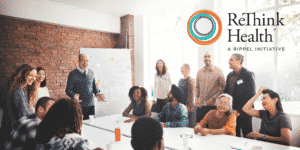
Using Network Analysis To Understand Systems Change For Health & Well-Being
The ReThink Health Initiative used the PARTNER CPRM to analyze five community networks and understand dynamics like trust and value that impact and drive their progress and impact. Learn more > Case Study Executive Summary The ReThink Health Initiative seeks to learn what it takes

Building A Network Strategy to Improve Community Health
County Health Rankings and Roadmaps used the PARTNER CPRM to build a strategy that would allow them to leverage their partnerships more effectively and increase their impact. Learn more > Case Study Executive Summary County Health Rankings & Roadmaps needed to understand how a network

Evaluating a Gates Foundation Community of Practice to Drive Impact
The Bill and Melinda Gates Foundation used PARTNER to evaluate their Networks for School Improvement Portfolio to demonstrate their impact and strengthen their programs. Learn more > Case Study Executive Summary The Bill and Melinda Gates Foundation Networks for School Improvement use continuous improvement approaches
